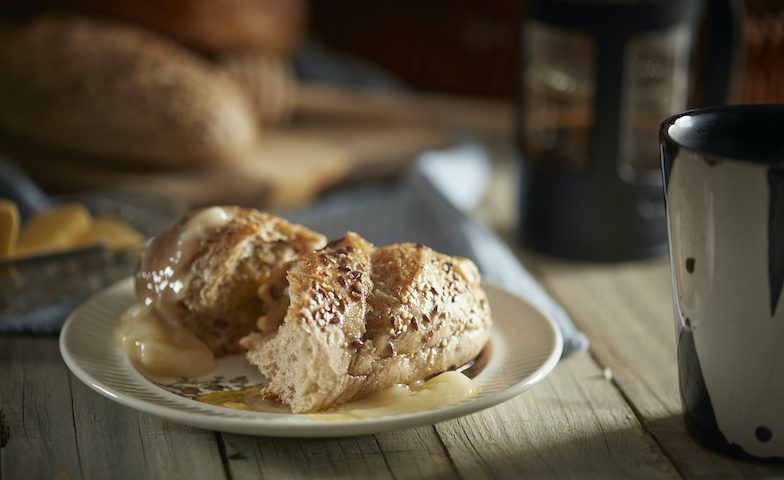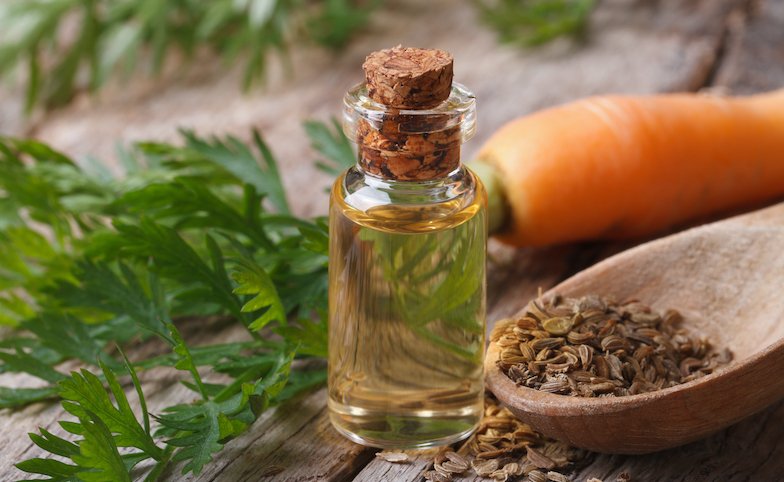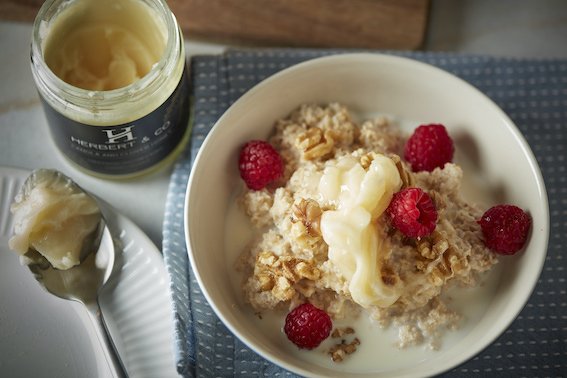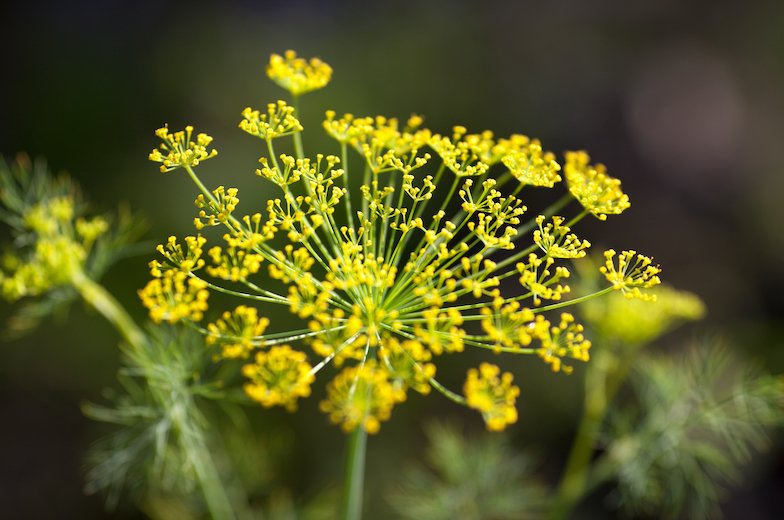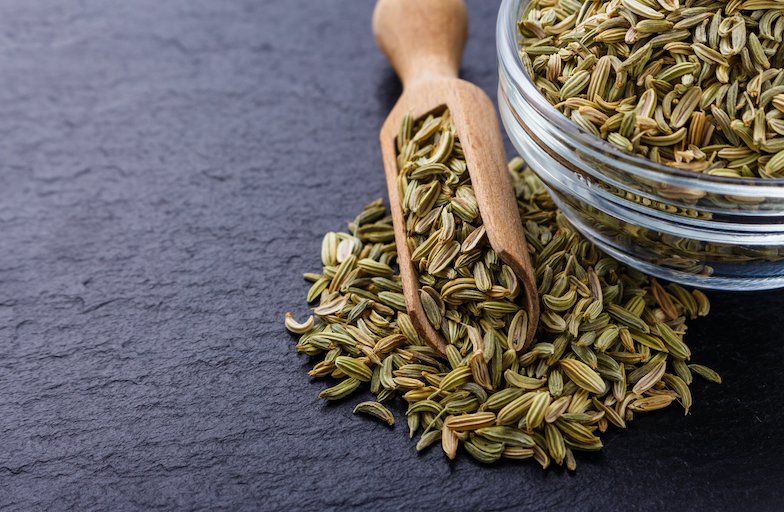 Image 1 of 5
Image 1 of 5

 Image 2 of 5
Image 2 of 5

 Image 3 of 5
Image 3 of 5

 Image 4 of 5
Image 4 of 5

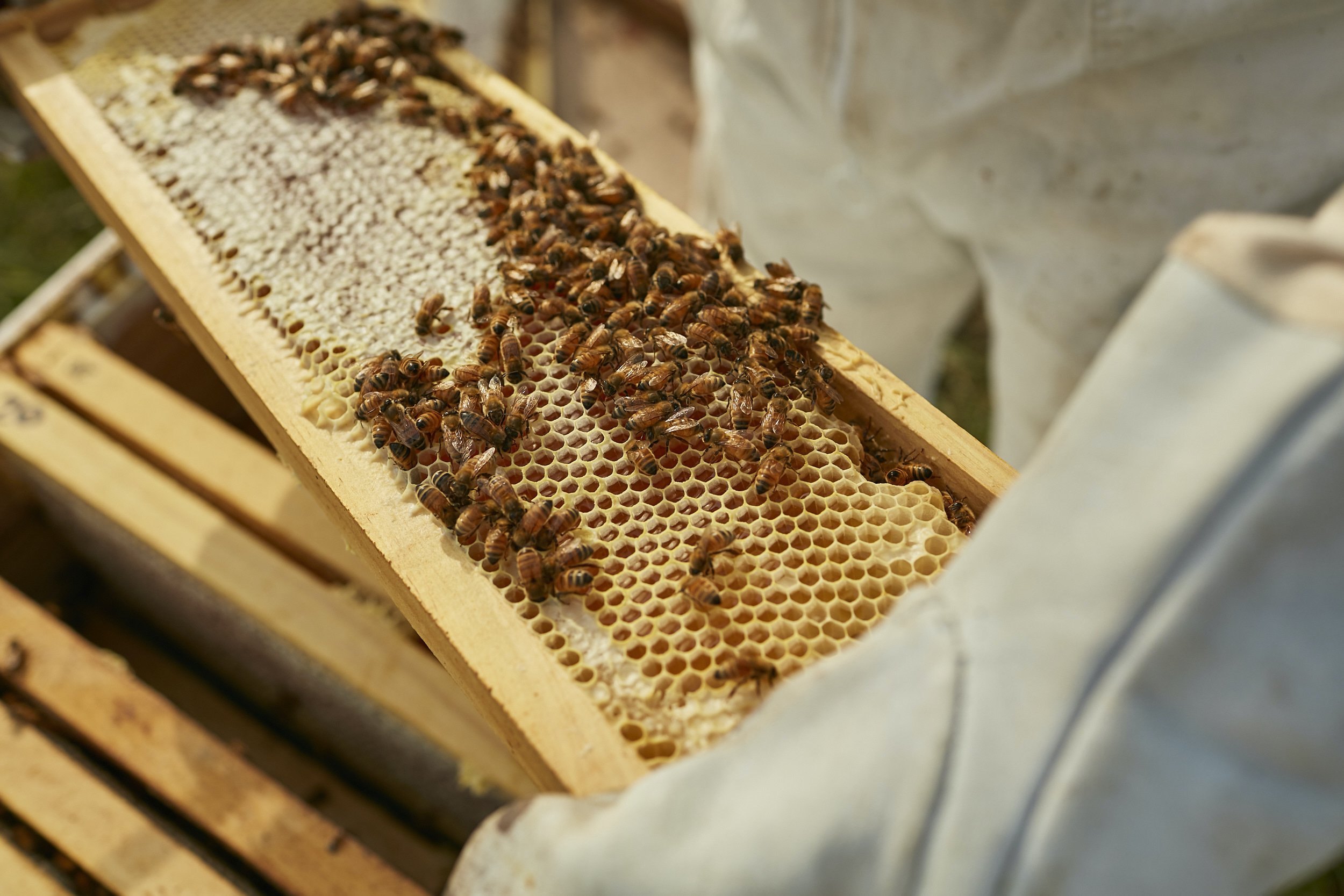 Image 5 of 5
Image 5 of 5






MANUKA HONEY
Even bees need a holiday!
When our bees aren’t working hard pollinating the crops that feed the world, they head to the coast to recuperate in Tasmania’s native tea tree (Leptospermum spp.) forests. Here they build their strength producing world-famous manuka honey.
The healing power of manuka honey is renowned. In addition to powerful bioactive enzymes, manuka honey contains methylglyoxal (MGO), a natural antibacterial agent. The higher the MGO rating, the stronger the impact.
AT 450+MGO, our manuka honey is one of Tasmania’s highest MGO-rated honeys, created in pristine wilderness, harvested, extracted and bottled with care.
Just how the bees make it
Our bioactive, raw manuka honey is untreated and unheated — just how the bees make it. When stored at room temperature, it candies (crystallises) over time, to produce a semi-solid, creamy texture. This natural process is simply the glucose component of the honey separating from water in the honey to form tiny crystals.
Crystallised honey is delicious, nutritious and safe to eat — in fact most of our customers love the creamy texture of our honey. If you prefer your honey runny, gently heat the jar in warm water. Try to keep the temperature below 45oC to retain the natural health benefits of the fragile enzymes in your honey.
Even bees need a holiday!
When our bees aren’t working hard pollinating the crops that feed the world, they head to the coast to recuperate in Tasmania’s native tea tree (Leptospermum spp.) forests. Here they build their strength producing world-famous manuka honey.
The healing power of manuka honey is renowned. In addition to powerful bioactive enzymes, manuka honey contains methylglyoxal (MGO), a natural antibacterial agent. The higher the MGO rating, the stronger the impact.
AT 450+MGO, our manuka honey is one of Tasmania’s highest MGO-rated honeys, created in pristine wilderness, harvested, extracted and bottled with care.
Just how the bees make it
Our bioactive, raw manuka honey is untreated and unheated — just how the bees make it. When stored at room temperature, it candies (crystallises) over time, to produce a semi-solid, creamy texture. This natural process is simply the glucose component of the honey separating from water in the honey to form tiny crystals.
Crystallised honey is delicious, nutritious and safe to eat — in fact most of our customers love the creamy texture of our honey. If you prefer your honey runny, gently heat the jar in warm water. Try to keep the temperature below 45oC to retain the natural health benefits of the fragile enzymes in your honey.




